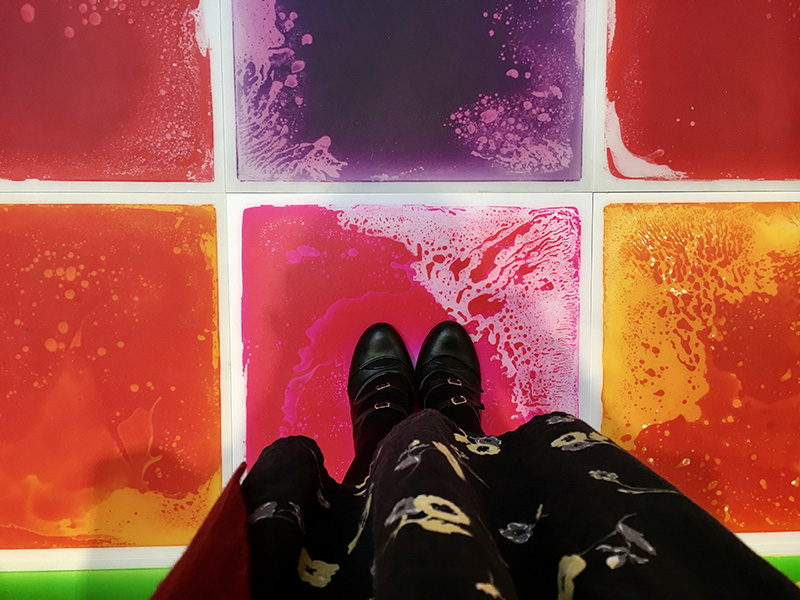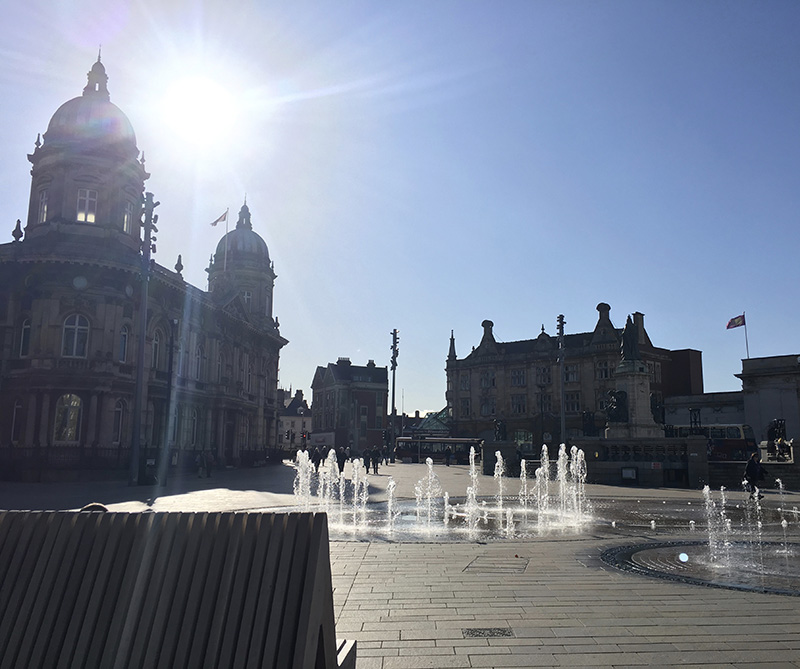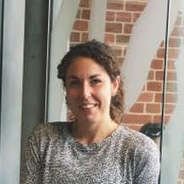Museums are brilliant places for young children – the combination of exciting architectural spaces, amazing collection objects and the social aspects of museum visiting make for incredibly stimulating learning possibilities. However, engaging young children with museums can present challenges too.
Nicola Wallis and Holly Morrison from the Fitzwilliam Museum Education Department share their insights from the Freedom to Explore: Engaging Under 5s in Museums and Heritage Spaces Conference in Hull. Here are their top ten takeaways from the conference.
Nicola’s top takeaways
Horses for Courses
Lisa Howarth, Learning Manager at North Lincolnshire Museum Service, emphasised the importance of museums creating unique Early Years offerings rather than trying to work from a universal template. She explained the importance of drawing together an understanding of the local picture of Early Years provision with a knowledge of the unique museum collections. This allows museums to respond to local needs and individual contexts.
 Expect the Unexpected
Expect the Unexpected
Abi Hackett, Research Fellow at Manchester Metropolitan University, reminded us of the importance of the incidental and unexpected things that happen when we bring young children and museums together. She challenged the audience to consider how we might include and measure these special moments and show that they are valuable.
Fortune favours the brave!
Rhiannon Davies, Consultant at The Audience Agency, described family audiences as one of the most risk-averse sectors of our potential visitors. She suggested that museums help to lower families’ perceived risk of visiting by providing very precise and detailed information about exactly what to expect at the museum in places that families will find easily.
The early bird catches the worm
Liz Mair, Evaluation Consultant for Humber Museums Partnership revealed how a focus on Under Fives as a core audience and the new provision that has been developed has removed cultural and physical barriers to visiting. Parents report that visits with young children to the museums and heritage sites are more successful than they would have expected and they are now much more likely to visit than they would have been previously.
Stop and smell the roses
A consistent theme running through all the presentations and keynotes at the conference was to take time to really connect with young children and their families. Abi Hackett suggested that objects have ‘gathering power’ – they can bring us together in new ways. After this conference, I want to spend more time looking at the relationship between young children and museum objects to see what this might tell us about the nature of learning in the museum.

Holly’s Top Takeaways

Lisa Ford: Planning effective interpretation for under 5’s
Increase access to collections by dressing key objects in context so younger audiences can understand them, and at various levels.
Abi Hackett: Meaning making, body and place
Add your location and building to your USP. The floors, walls and textures young children encounter in your unique spaces contribute as much as the collections. She also suggested that Early Years activities do not necessarily need to be separated from family activities: ‘Let them try’.
Lisa Howarth: social impact projects
Create a space that can be added to for repeat visits. This will build familiarity and ownership, especially with new family audiences.
To find out more about what the Fitzwilliam Museum is doing for children under five, please contact Nicola Wallis (nlw30@cam.ac.uk).








